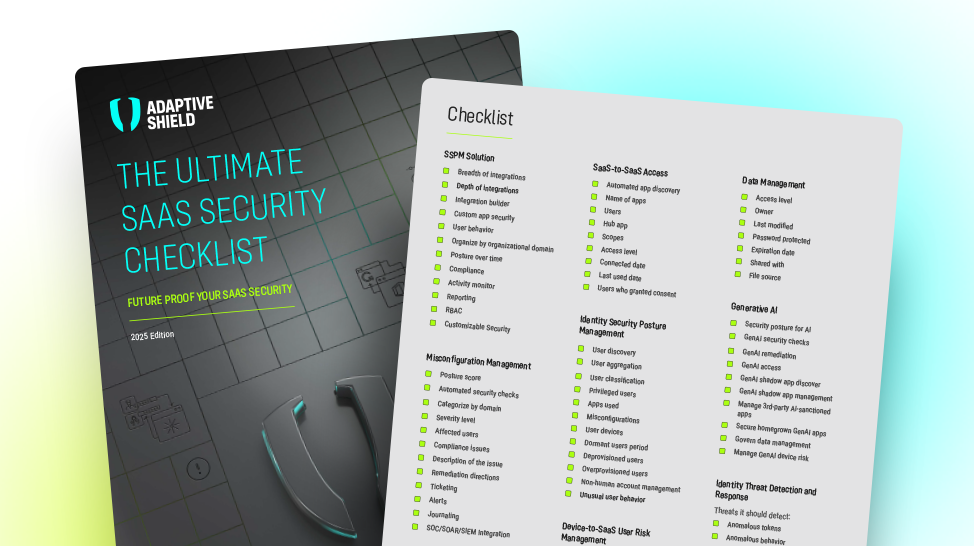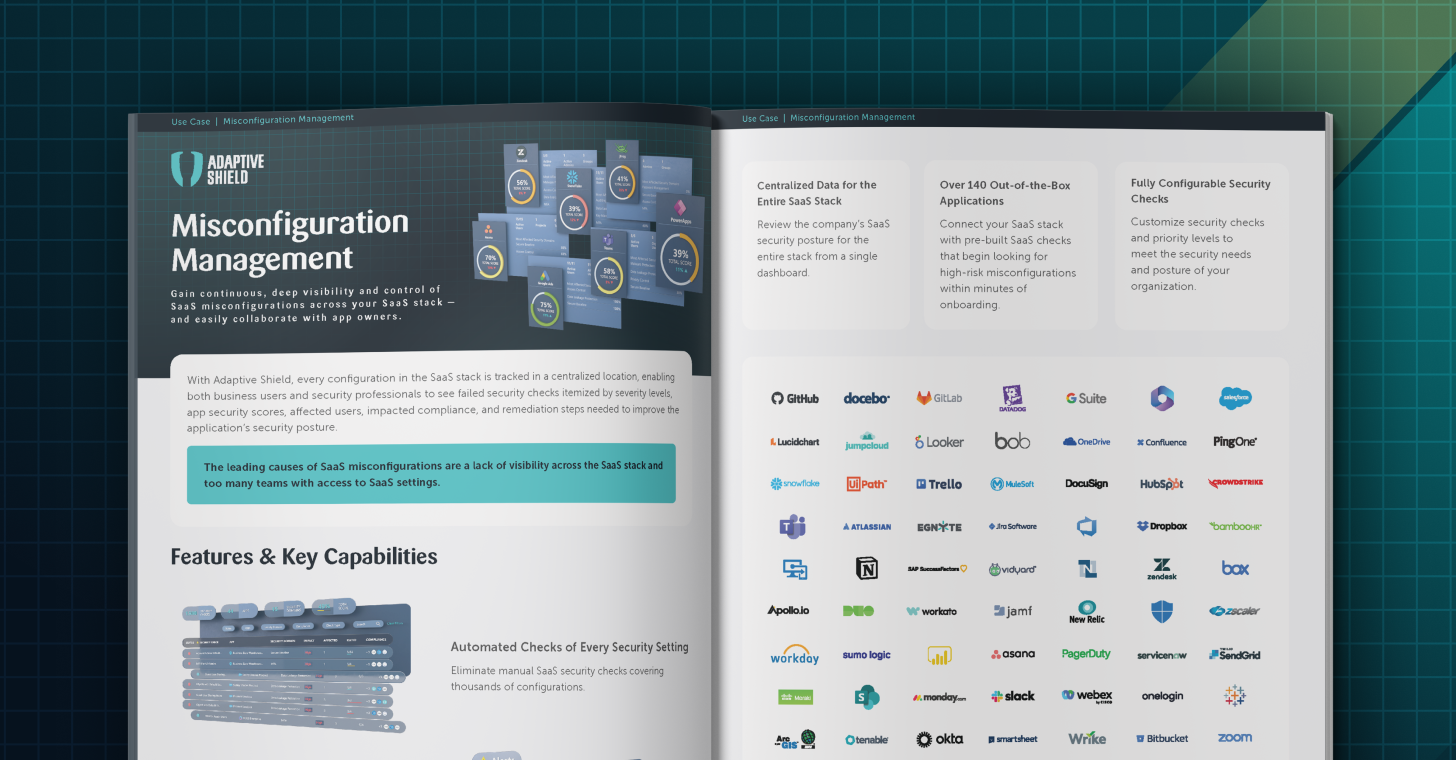Let’s Get Technical
Each security check includes:
Security Domain
Area of the application that the setting impacts, such as Access Control, Data Leak Protection, and Malware Protection
Impact Level
Risk level of the misconfiguration
Affected Users
Users who are affected by the misconfiguration
Current Status
Passed/Failed/Dismissed
Remediation Plan
Step-by-step instructions to secure the configuration and ticketing process
Reason for Alert
Detailed explanation of the potential risk of the misconfiguration
History Log
Detailed log, including comments about the security check
How This Can Help You
Itemized Security Checks
Each check provides a clear path to harden security posture
Customizable to Your Security Policy
Use out-of-the-box settings or customize policy and severity levels to meet your internal security policy and industry expectations




















